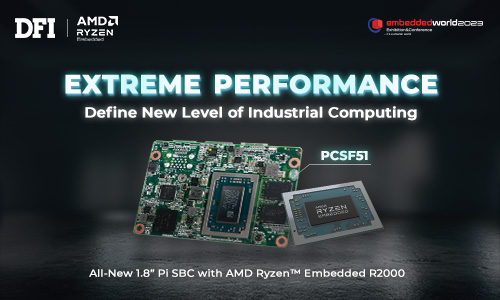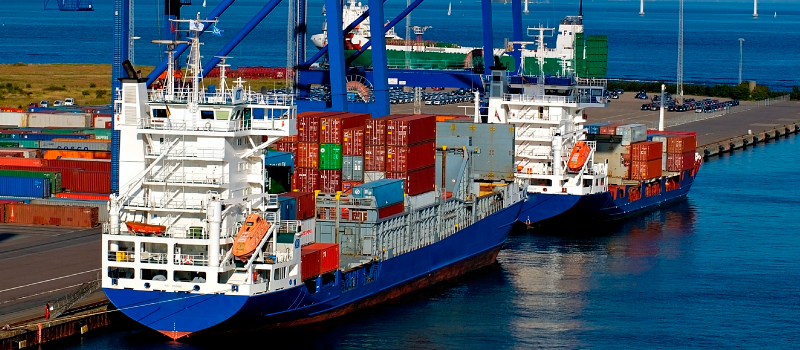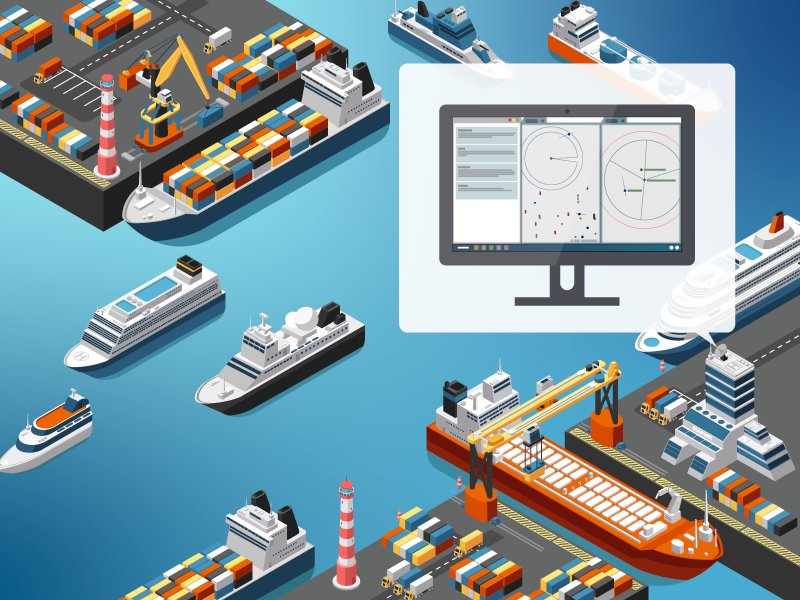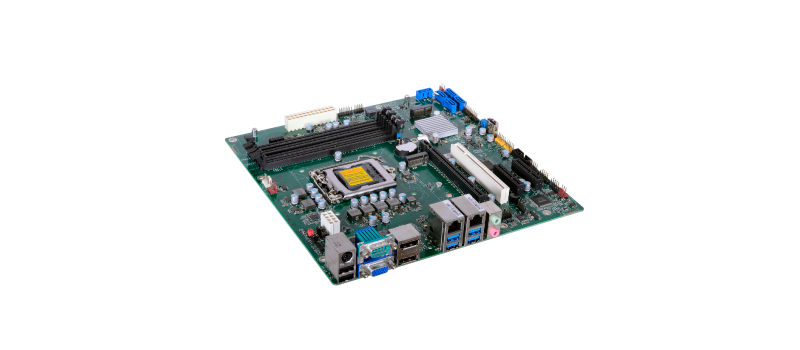CS332-C246
Norway, a land area of more than 300,000 square kilometers, has a coastline of 100,000 kilometers and is ranked second globally. Naturally, there is a considerable demand for maritime monitoring systems. The original user of a local naval surveillance system needs to update its system due to performance upgrades. Because the cooperating system integrator has already introduced DFI's CS332-C246 in other similar nature projects, combined with speeding up the delivery time, the system integrator introduced this user to DFI and prepared to send test samples. But things were not all going well.
For the existing 2U chassis, the riser card used to expand the board has unique requirements, so DFI needs to customize the 2U height rear panel bracket of CS332-C246 to meet this particular demand. Since DFI has been providing various types of riser cards optimized for customers to use for different needs for many years, the riser card T100-3E, which was developed in advance for this type of application two years ago, perfectly matched the user's specifications and came into use immediately; saving the cost of tooling and developing new rear panel bracket.
Finally, CS332-C246 retains the legacy PCI slot, ensuring that users can continue to use the well-established image capture card. DFI further customizes the SNMP (Simple Network Management Protocol) software interface for power supply. They are making it compatible with the existing power management system to ensure software and hardware investment without costly reintegration. In the shortest time, the marine monitoring system's data processing capacity is increased, and the traffic in ports and coastal areas can be more effectively managed.









,有助於車隊管理員管理駕駛行為、運動感測、急煞車和衝擊偵測.jpg?timestamp=1689918406.42007)






